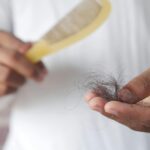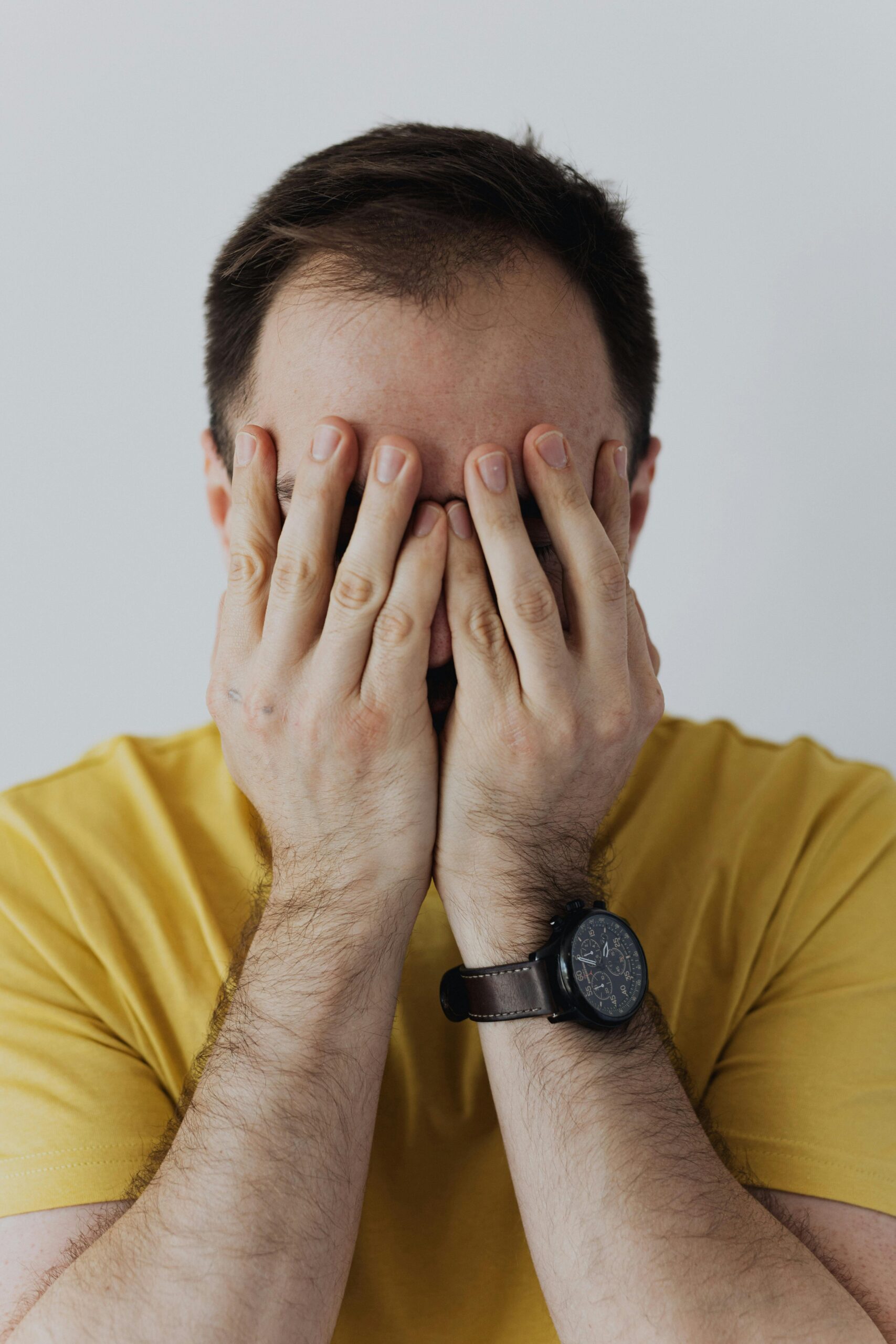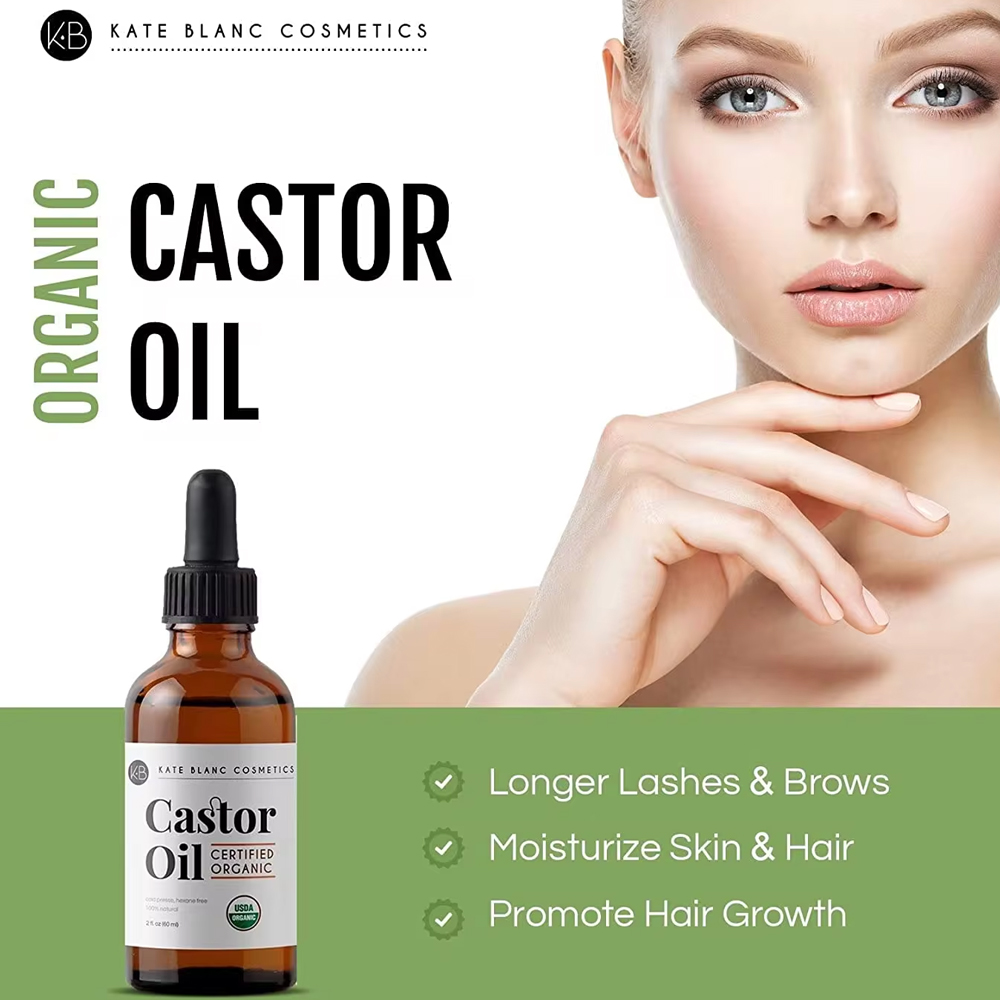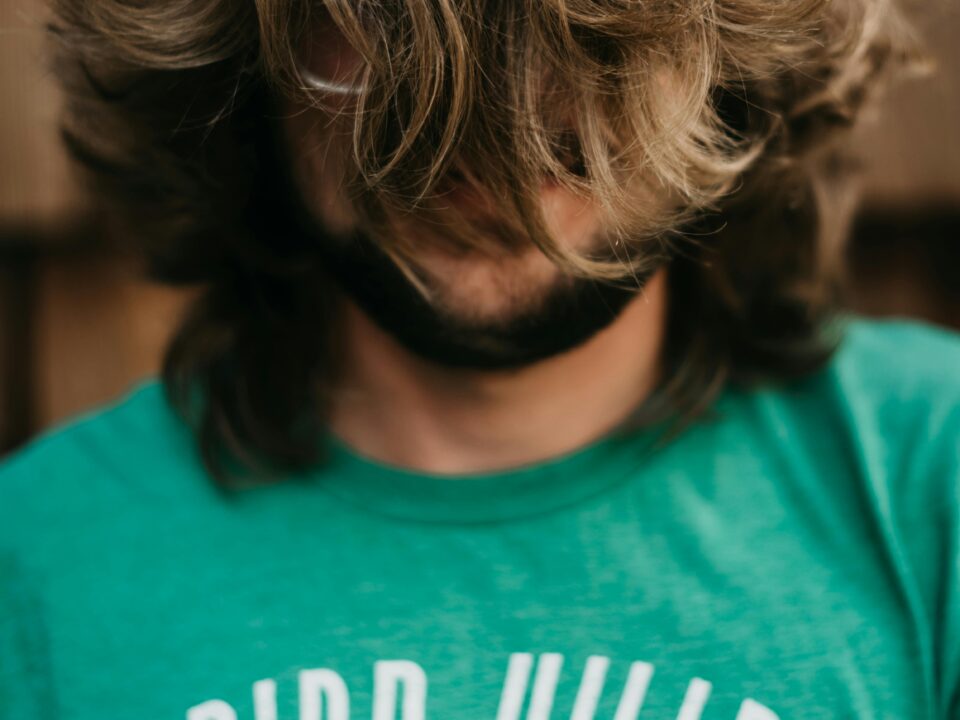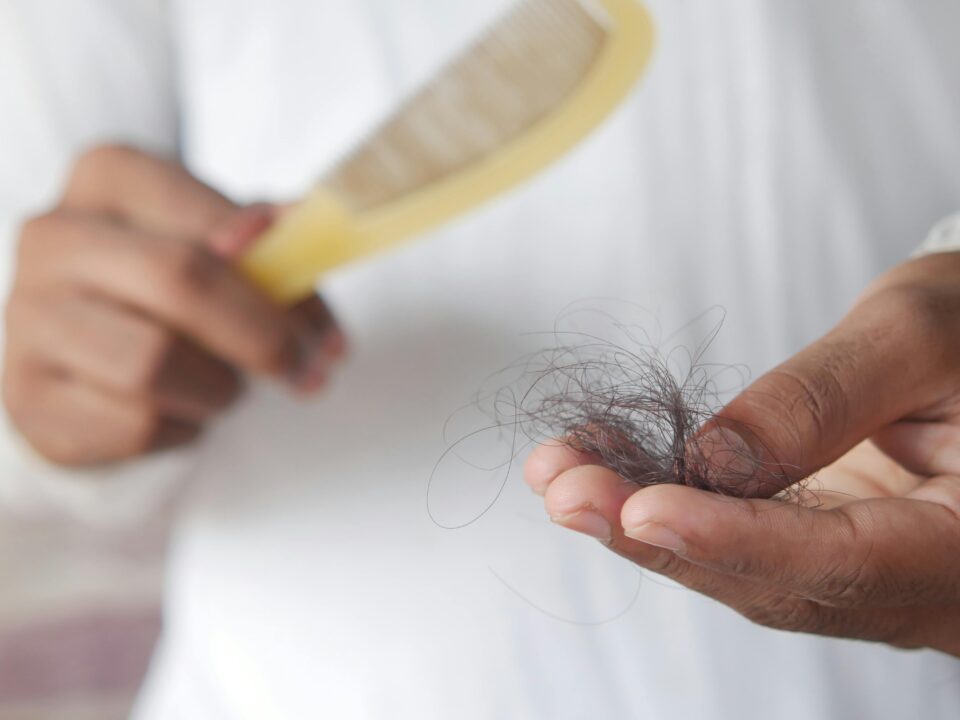Hair loss can take a serious toll on confidence, but modern science offers more options than ever to fight back. Two of the most trusted and widely used treatments are Minoxidil and Finasteride. Both are clinically proven to slow thinning and promote regrowth, yet they work in different ways. Understanding how each medication functions can help you decide which solution—or combination—is right for your hair.
How Minoxidil Works
Minoxidil is a topical treatment available without a prescription, commonly found under the brand name Rogaine. Applied directly to the scalp, it works by widening blood vessels and improving circulation to hair follicles. This process delivers more oxygen and nutrients to the roots, helping stimulate new hair growth.
Key benefits include:
-
Revitalizes dormant hair follicles.
-
Extends the active (growth) phase of hair.
-
Improves thickness and overall scalp coverage.
-
Suitable for both men and women.
Results generally appear after three to six months of regular use. Consistency is vital — stopping Minoxidil will usually lead to renewed shedding within a few months.
How Finasteride Works
Finasteride (brand name Propecia) is an oral medication available by prescription. It works on a hormonal level by blocking 5-alpha reductase, the enzyme responsible for converting testosterone into DHT (dihydrotestosterone). Elevated DHT levels shrink hair follicles, leading to thinner hair and eventual loss. By reducing DHT, Finasteride prevents further follicle damage and allows healthier regrowth.
Key benefits include:
-
Reduces scalp DHT by up to 70%.
-
Slows or halts genetic hair loss.
-
Promotes regrowth in the crown and mid-scalp areas.
-
Best suited for men with androgenetic alopecia.
Visible improvement typically begins after four to six months, with full results around one year.
Minoxidil vs. Finasteride: The Main Differences
| Feature | Minoxidil | Finasteride |
|---|---|---|
| Form | Topical (foam/liquid) | Oral tablet |
| Gender Use | Men & Women | Primarily Men |
| How It Works | Improves blood flow to follicles | Reduces DHT hormone levels |
| Availability | Over-the-counter | Prescription only |
| Best For | Early-stage or mild thinning | Genetic or hormonal hair loss |
Minoxidil acts externally, nourishing and stimulating the scalp, while Finasteride works internally to block the hormonal trigger of hair loss.
Can You Use Both Together?
Absolutely. Dermatologists often recommend combination therapy — Finasteride stops the hormonal cause of hair loss, while Minoxidil reactivates dormant follicles. This dual approach targets both the internal and external causes, giving many users better long-term results.
Which One Should You Choose?
-
For Men: A Finasteride-plus-Minoxidil combo often delivers the best regrowth and prevention.
-
For Women: Minoxidil alone is recommended, as Finasteride is not approved for female use.
-
For Sensitive Scalps or Medication Concerns: Topical Finasteride or lower-strength Minoxidil foam may be suitable alternatives.
Final Thoughts
Both Minoxidil and Finasteride are proven allies in the fight against hair loss. Choosing the right treatment depends on your hair type, gender, and comfort level with medication. Some find success using one, while others achieve dramatic improvement by combining both. With consistency and patience, real results are possible.

